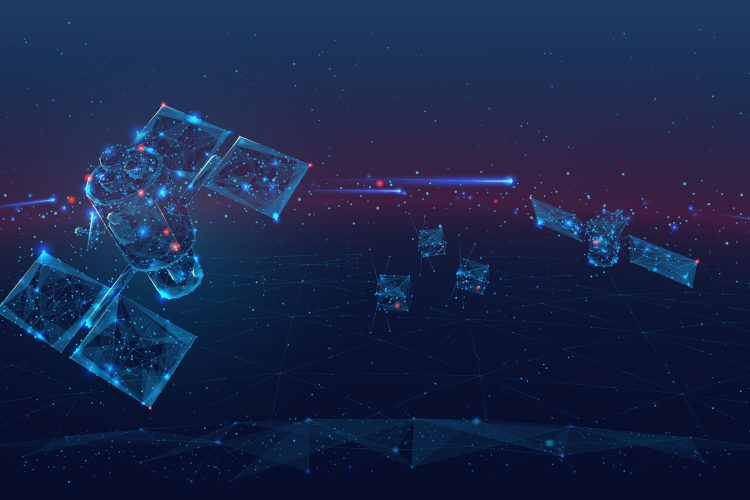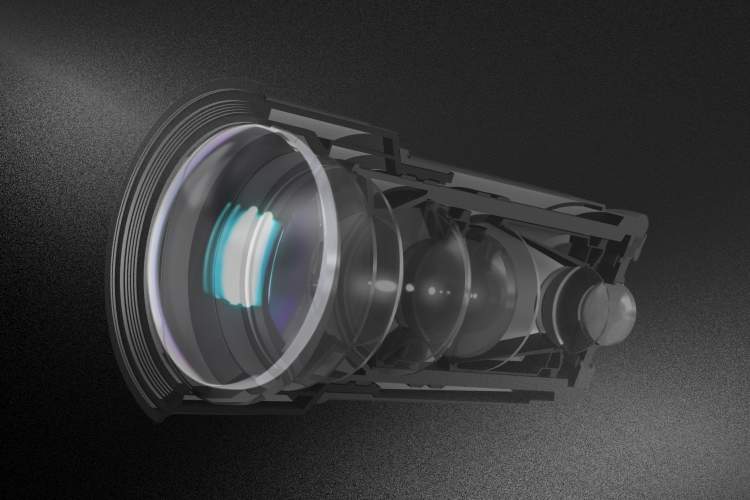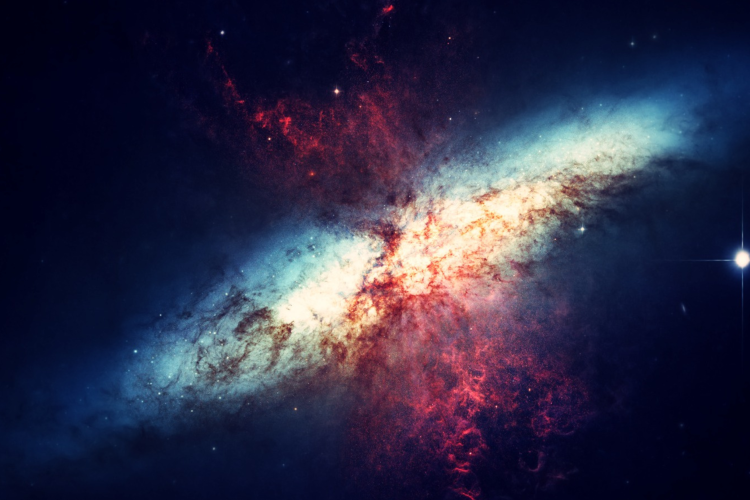Key Takeaways At Avantier, innovation in optical design continues to unlock new frontiers in imaging performance. Recent developments in high-throughput and large field-of-view microscope objectives demonstrate how precision optics are accelerating breakthroughs in gene sequencing, biomedical diagnostics, and semiconductor inspection. Here’s a look at four cutting-edge microscope objectives developed to meet the demanding needs of […]









